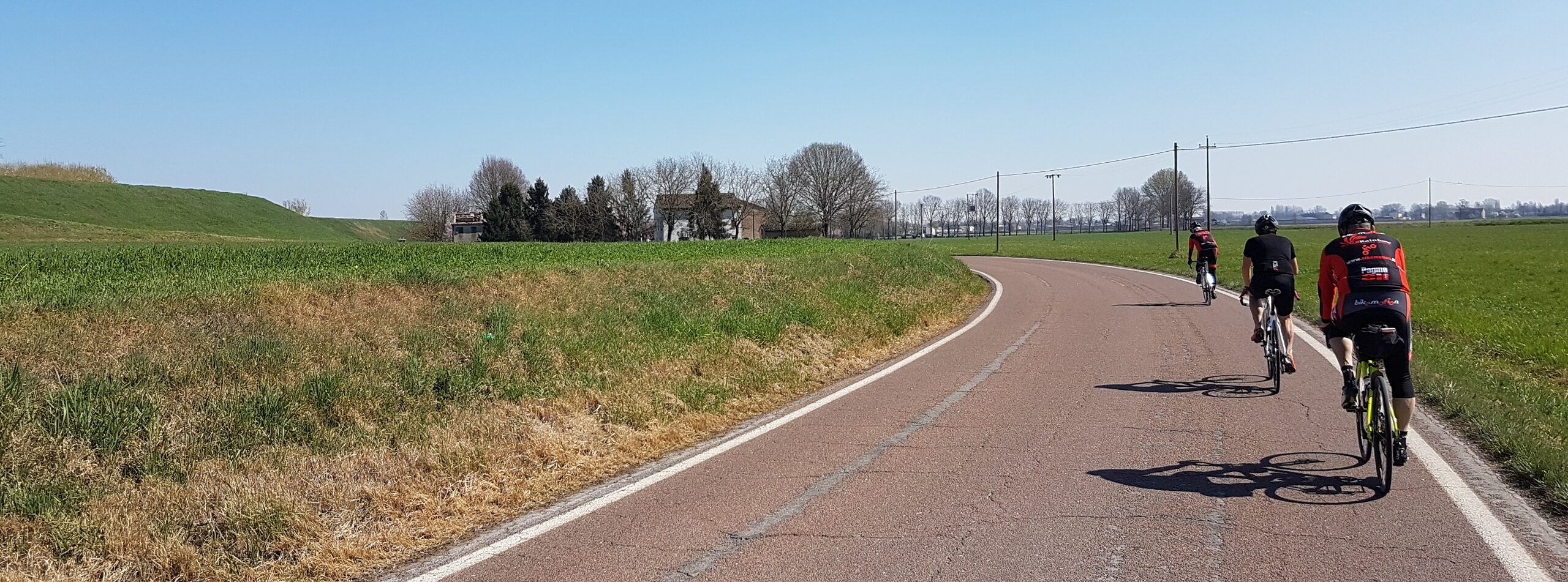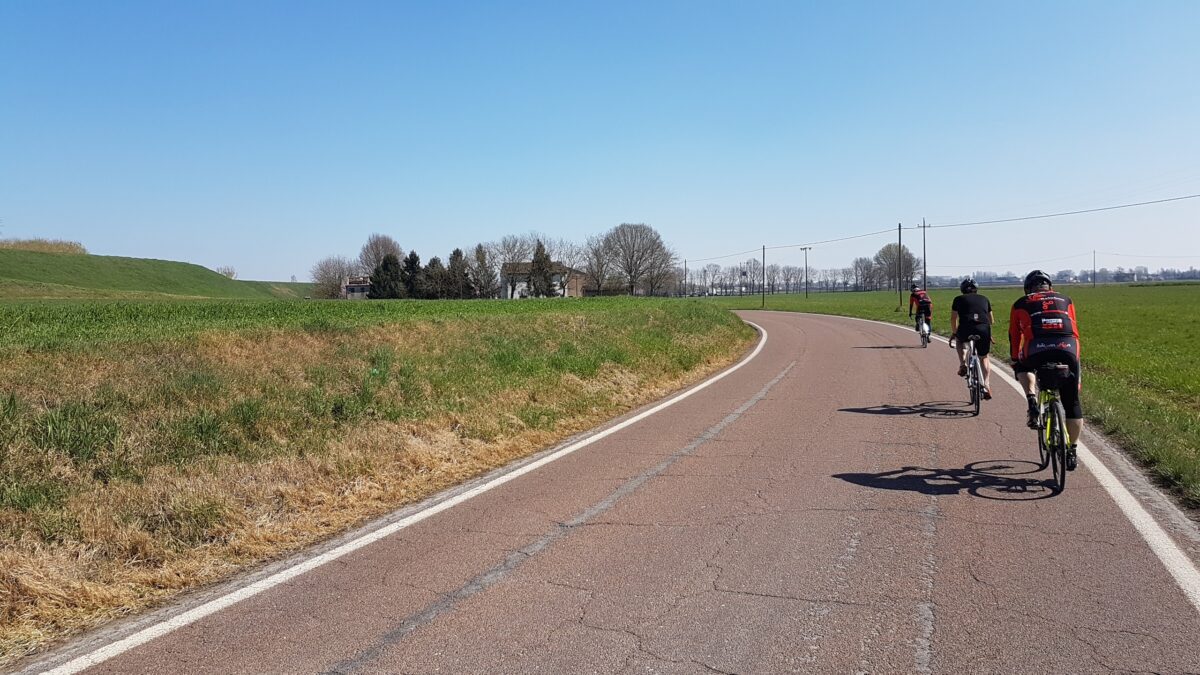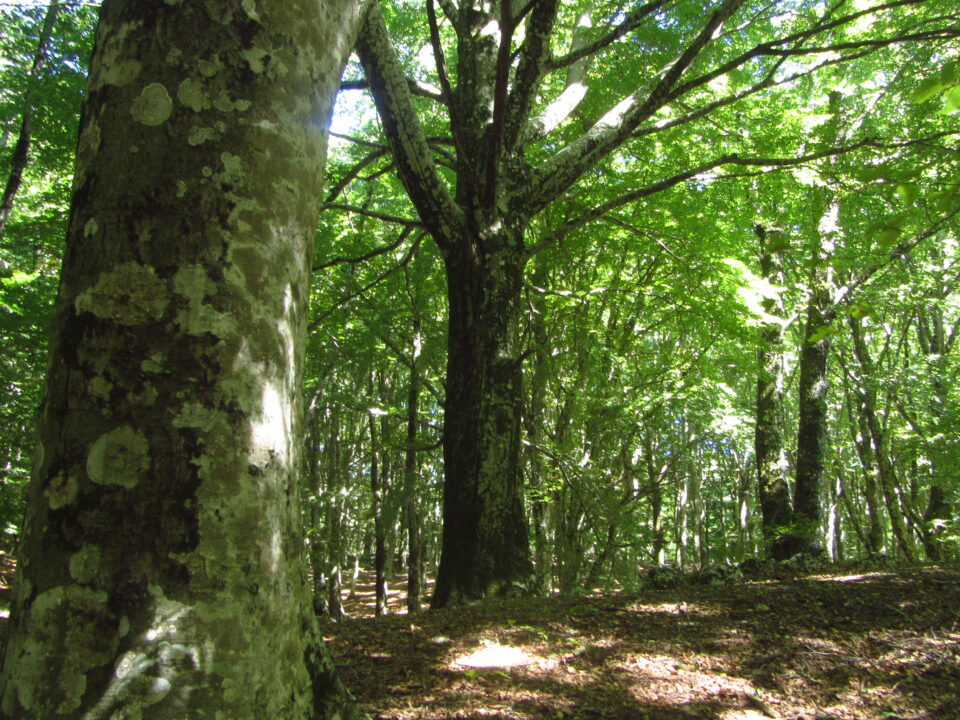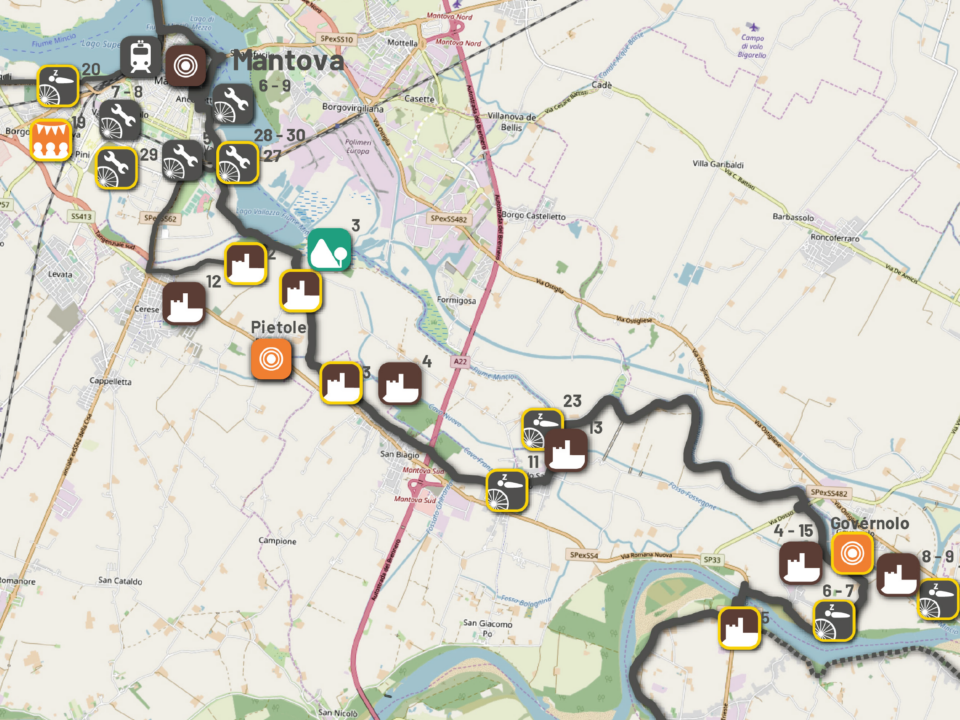
Enhancement of cultural and archaeological heritage: the myth of Aeneas and Lavinium
26 June 2017
Energy transition
24 May 2024
Cycling tourism and territorial project
September 2018
Cyclotourism, in its many forms, is one of the most innovative and interesting expressions of the change taking place in tourism industry. National and international sources confirm the growth of this sector, and in particular, in Italy cycling tourism is experiencing a phase of great expansion.
Among the niches of the tourist market, cycling tourism is the segment with the highest growth potential in the near future; the use of the bicycle, in its various specialties, is in first place among the most popular activities (followed by skiing and hiking). This is a specific international demand, whose size is likely to grow not only with the increase and refinement of available infrastructure and specialized hospitality services, but also through careful promotion.
The bike economy is an economic phenomenon of enormous importance, estimated at about 500 billion euros in the European Union alone. The total turnover generated by bicycles in Italy is 6 billion euros; it is the sum of the production of bicycles and accessories (Italy is the largest manufacturer of bicycles in Europe, with a market share of about 18%), and of the holidays on two wheels and the set of positive effects generated by the use of the bicycle in replacement of motor vehicles. Within the 6 billion euros, the turnover generated by the cyclotourism is estimated in 2 billion euros. According to a study carried out by The European House-Ambrosetti, the value of the economic income in Italy reaches 3.2 billion euros with a 18,000 km of bike itineraries. In 2019, cycling tourism - including Italian and foreign tourists - generated almost 55 million overnight stays, corresponding to 6.1% of the total and generating a total expenditure of 4.7 billion euros, or 5.6% of the total, of which 3 billion euros generated by the international component of tourists. A bicycle tourist spends an average of 75 € per day on basic activities, and this figure can increase considerably if the territory is equipped to offer quality services.
At the national level, the Strategic Plan for the Development of Tourism 2017/2022 reiterates the importance of cycling routes, providing, within the specific Objective B.2, the implementation of Strategic Projects for national cycling routes, paths, slow mobility. In addition, the National Recovery and Resilience Plan - signed by Prime Minister Draghi - allocates for mission #2 "Green Revolution and Ecological Transition" a total of 68.6 billion - of which 59.4 billion from the Device for Recovery and Resilience and 9,1 billion euros from the Complementary Fund. The general objectives of the measure include the development of more sustainable local transport including investment 4.1 "Strengthening cycling mobility" (construction of urban cycling routes for 570 km and tourist cycling routes for over 1200 km). There is no doubt that bike tourism is a very important type of tourism at an economical and a socio-environmental level. Investing in cycling tourism is the key to the development of sustainable mobility linked to the concepts of nature and well-being, a tourism that allows you to appreciate the territory of a specific destination at 360 degrees.




